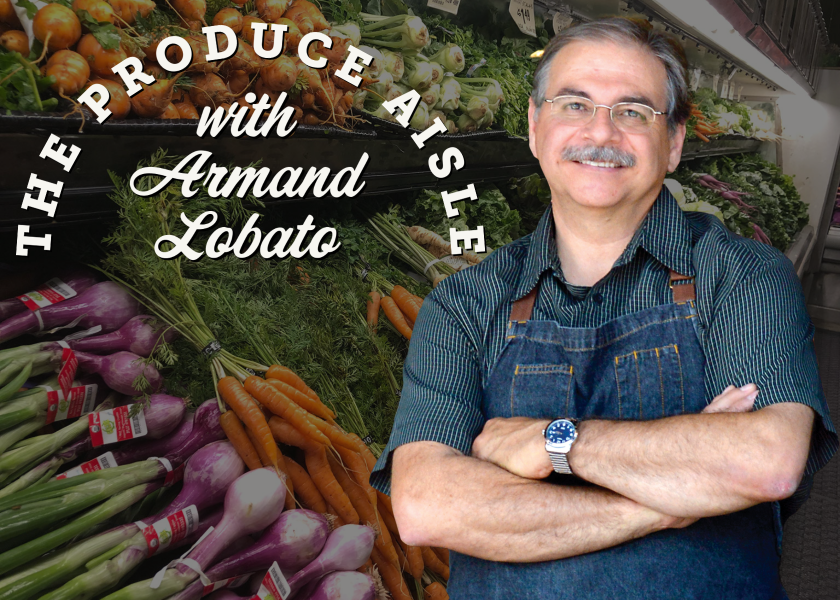Handling the inbound: A crucial first step of any operation

If there’s a single thread that successful produce operations share, it’s how well they handle the inbound produce load.
Imagine this scene: A trailer load of fresh produce is unloaded, lined up in a produce receiving area. It might be positioned on the back dock, produce back room, the walk-in cooler or in any combination. I’ve seen a fresh produce load sit in place in some store locations for many hours — or as many say, “Out of temp.”
In other words, the cold chain has been broken.
All the work that shippers put into their products, all the care provided at a distribution center, considering their refrigerated docks, the close inspection and monitoring procedures, the careful handling and rotation — all for naught — only to arrive at a store where possible undisciplined produce managers or untrained clerks allow cold items like berries or mushrooms to sit in warm temperature areas for hours. Meanwhile cold-affected items like bananas and tomatoes somehow get stored for long periods in the cooler.
It's a recipe for rapidly declining quality, unsatisfied customers and increased shrink.
That’s why good produce operations carefully schedule and execute a plan for receiving the produce load properly. Ideally, the load should be promptly unloaded, broken down, rotated and protected — right away. Ideally, a produce delivery should be broken down and put away within an hour. I’ve seen it done in less time.
Why and how should a load be broken down and promptly put away? Here are some key points:
- Preparation is key — Prior to receiving the load, charge the electric jack, clear the back room and cooler of all debris, consolidate items to make room, stack empty pallets. Sweep the area clean. This makes your task easier and safer too.
- Critical items need refrigeration — I mentioned berries and mushrooms, but keep in mind that all cold items need to be put away in the cooler (packaged salads, leafy greens, apples, citrus, pears, etc.) Think: If you stock it or eat it cold, it needs stored in the cooler.
- Keep “room-temperature items” out of the cooler — These produce items (besides bananas and tomatoes) include onions, potatoes and hard squashes. Again, if it’s stocked on the dry tables, chances are these items need to be stored in a dry, ambient temperature area.
- Prompt attention minimizes damage and mishandling — When a load is promptly and carefully put away, chances are less that cases of product will fall as the pallets get moved around or when clerks dig into the still-wrapped pallets to retrieve a needed item.
Related: More insight from Armand Lobato
Once put away, access to needed items is a snap:
- When a load is put away properly, ensure rotation occurs — This means that the FIFO process (first in, first out) is happening, and you don’t get stuck with wilting or aging produce to add to the shrink column that week.
- Once a load is put away, it’s a lot easier to identify issues such as product shortages or quality problems. Done neatly, taking inventory of what you have (or don’t have) makes your life easier as a manager to write orders, and your clerks work more efficiently as they know where to find what they need to keep up during busy stocking periods.
- Taking prompt care of the produce load promotes safety — Consider that a produce load contains potential hazards; water, ice, plastic wrap and more can create costly on-the-job injuries. The sooner everything is put away, debris thrown away and the work area swept and mopped, the safer the job is for everyone. Besides, people like working in a clean, organized environment. It’s something to take pride in.
- Remember, you just can’t just leave a load sitting for hours — This creates nothing but problems. There’s no excuse for neglect, for an unsafe workplace, for shrink. So, when the dock doorbell rings and someone shouts, “The load is here!” It’s time to get it in gear and well, work the plan.
He who has begun, has half done. Dare to be wise; begin! — Horace, Roman poet and satirist.
Armand Lobato works for the Idaho Potato Commission. His 40 years of experience in the produce business span a range of foodservice and retail positions.







